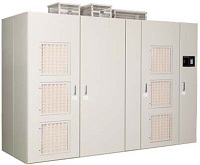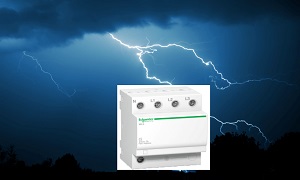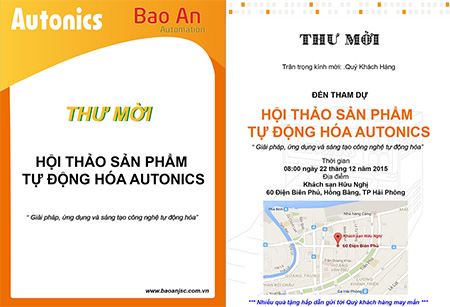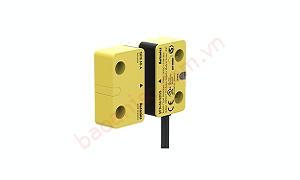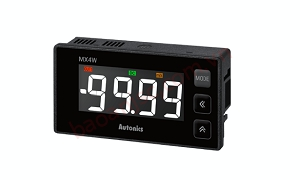DIFFERENCE: INSULATION MATERIAL - STATIC ELECTRICITY MATERIAL - CONDUCTIVE MATERIAL.
1. Insulating materials
Insulators are: materials that prevent electrical currents from flowing through or through the material. Insulators are defined as materials with a resistance greater than 1x10^11 Ohm. Static electricity generated by insulating materials is very large. Because the insulating material impedes the movement of electrons across its surface. One can generate both negative and positive charges on the same material at the same time with different locations.

Insulating materials
2. Conductive materials
Conductive materials have low resistance and allow electric current to pass easily. A material with a resistance lower than 1x10^4 Ohm is considered to be a conductive material (ESD ADV1.0). When static electricity is generated on the surface, it will be transmitted to the entire surface of the conductive material. If it comes into contact with another conductor, all the static electricity will be easily transferred. If it is connected to the grounding system or the ground wire of the AC power system, all charge will be transferred and the resistive conductor will be electrostatically balanced.
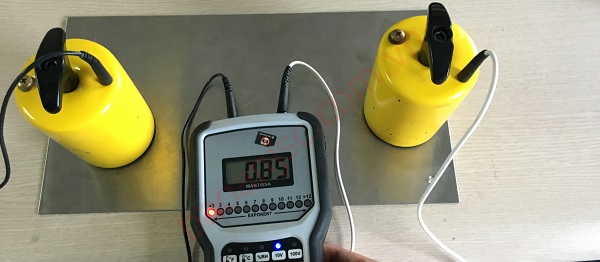
Conductive materials
3. Electrostatic transmission material
Materials whose electrical resistance lies between the conductive and the insulating materials are called electrostatically conductive materials. ( 1x10^4 Ohm < Dissipative Materials < 1x10^11 Ohm). Electric current can flow through an electrostatically conductive material, but it is controlled neither as fast as a conductive material nor as slow as an insulator.
Because of this feature, in antistatic control, it is preferred to use electrostatic transmission materials (Dissipative Materials).
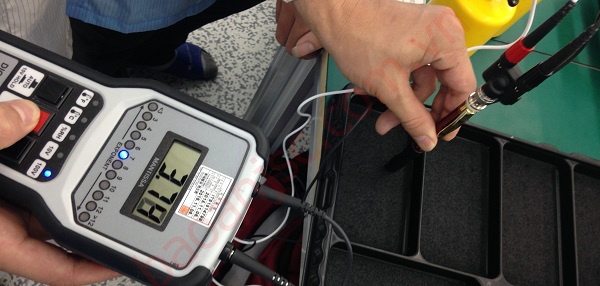
Electrostatic transmission material
4. Anti-static control principle.
- Ground all conductive material
- Substitute insulating material for electrostatic conductive material.
- If it is not possible to replace the insulating material, use an electrostatic eliminator to neutralize the charge generated.
Bao An is an authorized distributor of DONG-IL antistatic equipment in Vietnam.
- Pack electrostatically sensitive product if it needs to be shipped outside of an electrostatically controlled area
Contact for detailed advice: 093.659.2556
- Bao An Technical Service Joint Stock Company - Bao An Automation
- Address: Van Tra, An Dong, An Duong, Hai Phong City
- Hotline: 093.659.2556
- Website: https://baoanjsc.com.vn
- Email: baoan@baoanjsc.com.vn
- Fanpage: https://www.facebook.com/BaoAnAutomation
- Economy digital torque meter
- Dong IL ASG-A050W antistatic bar: Effective solution for industrial environment
- Bengine EBS Medium Torque Series Electric Screwdriver
- CSS High Resolution Sensor - SICK's ultra-precise color detection solution
- AS30 array sensor - Smart detection and measurement solution from SICK

